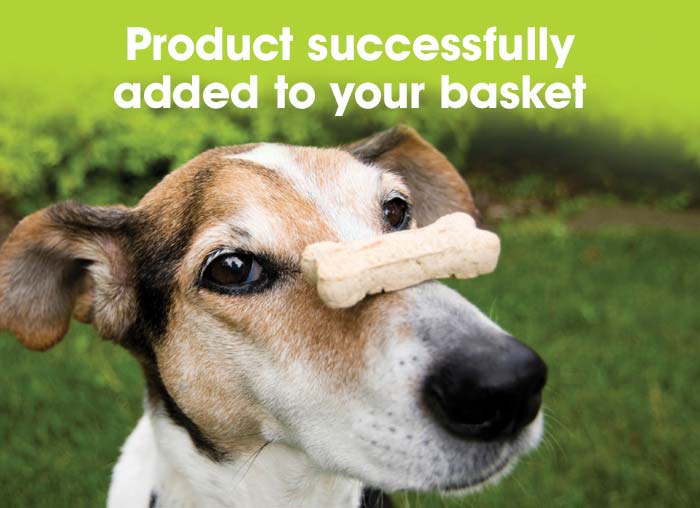

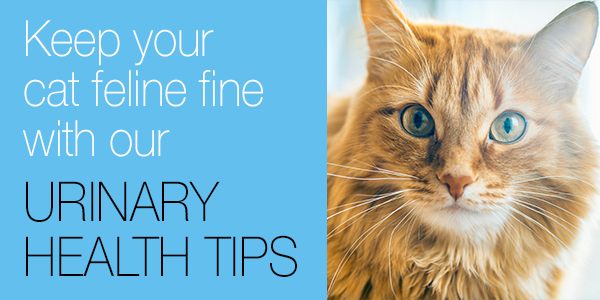
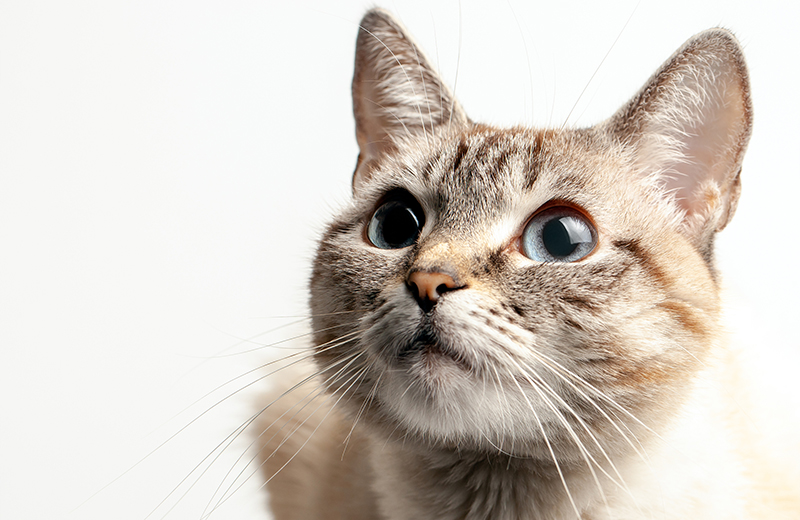

This week we’re focusing on feline urinary health: What can go wrong? How to spot a bladder health problem in your cat? And what can be done to help maintain a healthy bladder?
The urinary system of cats (encompassing the kidneys, ureters, bladder and urethra) appears to be prone to developing issues. Studies point to around 3-4%1 of the UK’s cat population being affected by bladder and kidney issues. This compares to a prevalence of only 1% of the dog population2. It isn’t clear why this is the case but with so many cats affected, it pays to help your cat maintain excellent urinary health and know the signs of problems to watch out for.
What Can Go Wrong?
FLUTD or Feline Lower Urinary Tract Disease describes a group of conditions that affect the bladder and urethra of cats. Common causes include bacterial infection, stones/crystals developing in the urine or most commonly, a sterile inflammation of the bladder thought to be related to stress, called FIC (Feline Idiopathic Cystitis). Whilst FIC is responsible for 60-70% of cases3 of FLUTD, it is important to note that only 5-15% of all cases of FLUTD are linked with a bacterial infection3 so most cases do not require the use of antibiotics. This is good news in light of the growing global issue of antibiotic resistance.
FLUTD affects both male and female cats but as male cats have a longer narrower urethra which can more easily become blocked by inflammatory debris and stones, they are more prone to developing a life-threatening complication of FLUTD whereby the cat cannot pass urine at all. This is referred to as becoming ‘blocked’ and requires immediate emergency veterinary attention.
While FLUTD can occur at any age, it is most common in cats aged 1-4 years old5. With young male cats being most prone to developing FIC and older female cats prone to bacterial infection. There is also evidence to suggest that a cat’s environment and lifestyle can impact their urinary health. We will explore this in more detail but in short, bladder health problems are common in cats of all ages and sexes and should be taken seriously.
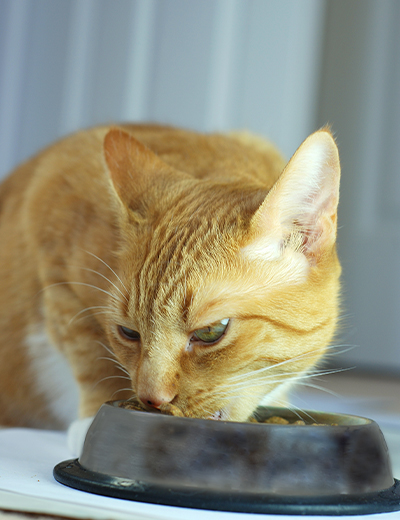

Signs to Watch For
Urinary problems may develop slowly or suddenly appear, seemingly overnight. Given the secretive nature of many cats, they may choose to hide signs of a health issue until it becomes a significant problem for them and so it is best to pay attention to even subtle signs of change. Pay attention if you notice any of the following...
- Changes in appetite or thirst: This may be increased or decreased.
- Changes in personality/behaviour: including seeking more attention, hiding away, becoming aggressive or grooming their genital area frequently.
- Changes in toileting behaviour: urinating more frequently, passing more/less urine than normal, changes to the urine in the litter tray e.g. a darker or pink/red discolouration, urinating outside of the litter tray, urinating in the house (when previously they toileted outdoors), spending longer in the litter tray (especially if they are passing little to no urine when in the tray), asking to be let out to toilet more frequently.
- Signs of discomfort: vocalising when urinating or in the litter tray, appearing to strain when urinating.
- Other severe signs include lethargy, panting and collapse.
It goes without saying that if you are concerned your cat is showing any/some of the above signs, the best thing to do is immediately speak with your vet and have your cat examined by them without delay.
Is Your Cat At Risk?
Certain factors can put your cat at risk of developing a urinary health issue. Some you can take steps to avoid, whilst others are sadly unavoidable.
STRESS - Thought to be a key factor in the development of FIC.
BODYWEIGHT - Overweight cats are more likely to suffer from FLUTD.
WATER INTAKE - Cats who drink less have more concentrated urine which appears to increase crystal/stone formation in some.
EXERCISE - Cats with sedentary lifestyles or those who have no/limited access to the outdoors have a tendency to develop FLUTD.
NEUTERING - In spite of its many benefits, neutering predisposes some cats to developing FLUTD.
FOOD - Cats fed on dry diets have been shown to be more at risk than those fed mainly a wet food.
What Can You Do To Help
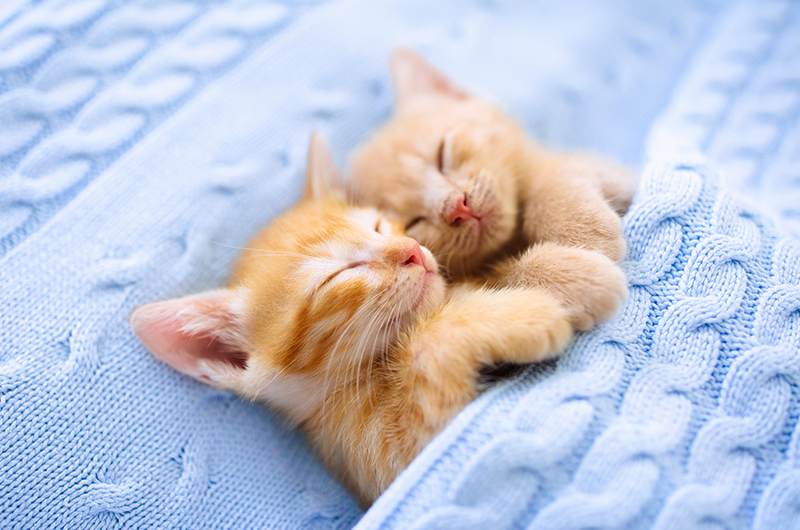

Read on to understand where you can make a difference...
STRESS REDUCTION
- Maintain as stress free an environment as possible. This is a big topic in itself as cats have a tendency to be stressed in our modern world but there are lots of things you can do to make sure your home is as stress free and cat friendly as possible. For practical advice on creating a cat friendly home, go to this fantastic article from the team at international cat care https://icatcare.org/advice/making-your-home-cat-friendly. As a starting point, ensure you have more litter boxes than cats in your household and reduce the risk of foreign cats from entering your house by installing a microchip cat flap.
- Make use of pheromone plug ins, particularly at times of high stress e.g. when introducing a new pet to the household.
- Add calming supplements to your cat’s diet to gently encourage optimum levels of the feel good hormone, serotonin.
- Speak to your vet regarding your cat’s behaviour. They may recommend you seek help from a veterinary behaviourist.
WEIGHT LOSS
- Obesity predisposes cats to a host of health conditions so maintaining a healthy bodyweight is critical. It can be hard to know if your cat is too heavy so make sure you ask your vet next time your cat has their health check and check out this great article which includes a bodyweight chart to follow https://icatcare.org/advice/obesity-in-cats.
INCREASE WATER INTAKE
- Cats may be reluctant to drink from the water bowl you offer them (preferring a puddle outside perhaps!). This can be due to individual preferences for a specific taste of water (chlorinated tap water can be unpalatable to them for example) or the location of the bowl/bowl material.
- Making use of a water fountain is an excellent way to tap into cats’ curiosity with moving water and can be inexpensively and discreetly added into the home environment.
- Offering wet food or moistening their dry food is another easy way to increase the volume of water your cat takes in each day.
EXERCISE
- Encouraging exercise through play is important, particularly in indoor only cats.
- Exercise benefits both a cat’s physical and mental health by burning calories and replicating the active hunting lifestyle natural to their species.
NEUTERING
- In most situations, neutering is still considered the best option for cats and their owners owing to the many benefits it conveys in terms of feline health and behaviour.
- In addition, feed supplements can be added to the diet to support bladder wall health and repair, help support the body’s ability to deal with inflammation and reduce anxiety.
- Therefore, whilst it appears urinary issues are more common in neutered cats, we recommend discussing neutering with your vet if this is something you wish to avoid.
DIET
- As previously mentioned, wet food is an ideal option for cats with urinary health issues.
- For those ‘biscuit’ cats who will not eat wet food, a variety of feline urinary health diets exist which aim to help create a healthy bladder environment and reduce the chances of developing urinary crystals/stones4. You may find that feeding an appropriate veterinary life stage diet automatically conveys some of these urinary health benefits. Speak to your vet if you aren’t sure.
- In addition, feed supplements can be added to the diet to support bladder wall health and repair, help supports the body’s ability to deal with inflammation and reduce anxiety.
VET SUPPORT
- Spotting the signs of urinary/bladder problems early is the first step on the way to getting the issues under control.
- Your vet will help you to get the problem under control and then advise on how to best manage it long term as sometimes urinary problems can be recurrent or chronic.
- This may involve a combination of hospitalisation for intensive care, medication, dietary changes and environmental adaptation to make your cat’s life as stress free and enriched as possible.
If you have any questions about your cat’s health, please don’t hesitate to get in touch or sign up to our Paws 4 Club to receive new articles as they appear.
CONTACT
Copyright © Natural VetCare 2019
Security & Privacy | Cookies | Terms & Conditions





